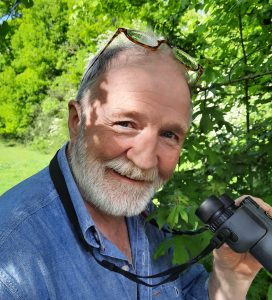We had a last-minute change of speaker at our April meeting when Helen Poole substituted for Ella Garrud who had fallen ill. Helen’s subject was Sussex in the reign of Elizabeth I. She presented the story through the magnificent buildings which survive from that era and the leading personalities with Sussex connections.
Elizabeth was queen for 45 years, with relative peace at home but continual wars with Spain and France. She had ended the religious persecutions of the earlier Tudors, but Catholics were still liable for fines for not attending Anglican services. The Fitzalans (Earls of Arundel) and the Howards (Dukes of Norfolk) were prominent ‘recusants’ and were involved in various conspiracies to put the catholic Mary Queen of Scots on the throne. The 4th Duke was executed in 1572 and his son, Philip Howard, born 1557, died in the Tower in 1595, awaiting execution . He was canonised as ‘Saint Peter’ , one of the English Martyrs, by the Pope in 1970. Arundel Castle, Helen pointed out, looked rather different at this time from the heavily restored Victorian version we have today
The Gages of Firle Place, near Lewes, were another prominent Catholic family who were involved in these conspiracies. Robert Gage was executed in 1586, but the house has survived as one of the finest examples of Elizabethan architecture. Helen covered many other notables and their grand houses – some, like Cowdray, where Lord Montacute entertained Elizabeth in 1591, only ruins now but others, like Michelham Priory and Parham, surviving and well maintained and open to visitors.
The other focus of her talk was the continuing war with France, and then Spain. The iron masters of the Sussex Weald were crucial in supplying the cannons, and the shipyards of Shoreham in supplying the ships for the fleet which challenged the Armada of 1588. It was pointed out that Ferring maintained one of the warning beacons installed along the Sussex Coast.
The other highlight of the meeting was the report of three Peregrine Falcons that have been seen on the tower of St Mary’s Church, Goring – and the hope that they may possibly nest there in the future. In addition there have been a number of local sightings of the colourful and exotic looking Hoopoes – birds with a distinctive “crown” of feathers.
Please also note that from now on, we are reducing our current 10 main meetings a year to 6, and these will occur in March, April, June (evening), July (evening), September and November.

